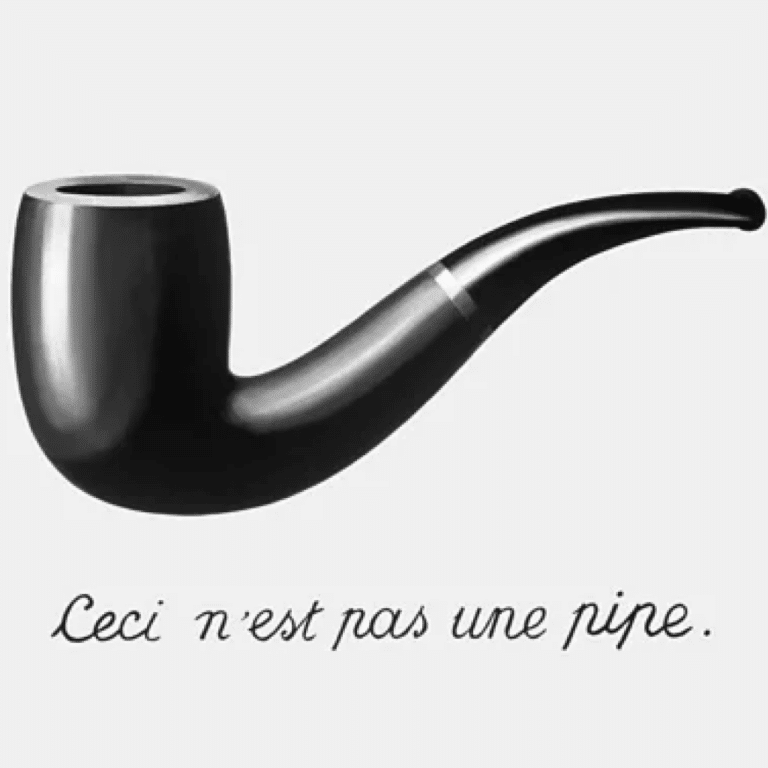INSIGHTS / BRAND
The Threads of Change: Weaving Brand Strategy Through the Fabric of Technological Revolutions
Uberbrand on 16/4/2024


“Imagine you are weaving a tapestry, where each thread represents a different era of technological innovation: the coarse linen of the Industrial Revolution, the vibrant silks of the Digital Age, and now, the synthetic smart fibres of the Intelligence Revolution.”
As a brand strategist, understanding how to interlace these threads can create more than just a pattern that survives the test of time, but one that captivates as it endures. This narrative delves into the evolution of branding alongside monumental technological upheavals, focusing on how brands maintain their core identity while adapting to rapid changes in the marketplace.
The Genesis of Brand Consciousness
Our journey begins in the sooty workshops of the Industrial Revolution, where branding was synonymous with consistency and quality — a mark to distinguish one maker’s goods from another. As mechanisation proliferated, the brand became the beacon of trust in a sea of burgeoning products.
Evolving Through the Digital Revolution
As the century turned, technology transitioned from mechanical gears to digital bytes, radically transforming how brands interact with their consumers. The Digital Revolution shrank the world, allowing brands to speak directly to consumers through new platforms like the internet. The narrative shifted from one-to-many to one-to-one, with strategies focusing on personalised interactions. Brands that mastered this transition, such as Coca-Cola with its personalised bottles campaign, not only survived but thrived, weaving their threads tightly into the fabric of digital consumerism.
Mastering the Intelligence Revolution
Today’s environment for brands has transformed drastically. Information is no longer scarce. Instead, its overwhelmingly abundant – and processing power is vast and globally distributed. Every individual is a media outlet, every opinion is amplified, and echo chambers proliferate to reinforce specific ideas and perspectives. This era challenges brands to find new ways to maintain a competitive edge and relevance.
Fixed and Fluid Elements in Brand Strategies:
- Square
exemplifies the balance between its fixed commitment to democratising financial tools and its fluid adaptation of new technologies to meet emerging market needs. - Zara
maintains its rapid fashion response as a fixed element while fluidly adjusting its supply chain and inventory strategies to keep up with instantaneous fashion trends. - Airbnb
consistently fosters a sense of global community, adapting its offerings fluidly to meet changing traveler expectations and regulatory environments. - IBM
has held its position as a technology innovator, shifting its focus fluidly from hardware to software and services like AI and cloud computing. - Netflix
has kept personalisation and broad content as its constants, while fluidly evolving its content production strategies to include a significant amount of original programming based on viewer data analytics.
Strategic Implications for Brands
The balance between fixed and fluid elements is crucial. Stability in brand identity builds trust and recognition, while adaptability in strategy allows brands to stay relevant amidst rapid technological and consumer preference changes. Successful brands weave these elements together seamlessly, ensuring that their foundational values are not lost even as they evolve to meet new market demands.
Conclusion
The tapestry of brand strategy is continually evolving, coloured by the threads of technological revolutions. Today, brands face a landscape where information is limitless and consumer attention is the new currency. The challenge lies in not just adapting to this new era but in mastering it; weaving authenticity, adaptability, and foresight into every strand of their strategy.
Epilogue
Reflecting on the transformation from steam-powered looms to AI-driven algorithms, this analysis serves as both a historical reflection and a forward-looking guide. It provides brand strategists with the insights needed to navigate the complexities of an ever-changing marketplace, ensuring their brands not only adapt to change, but drive it.





































